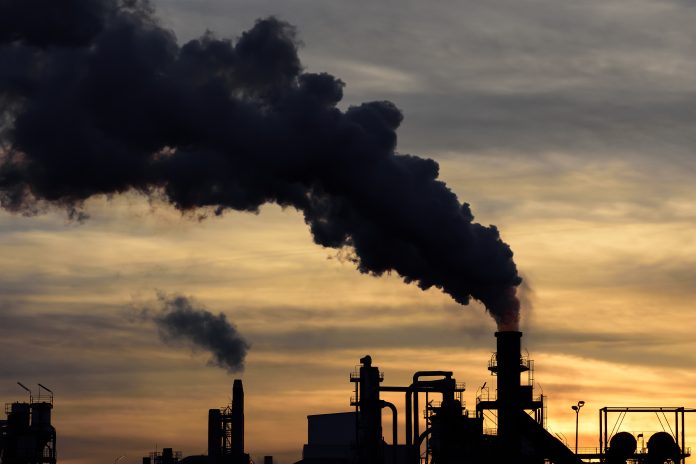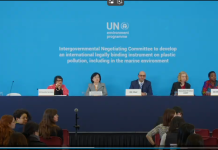The path to sustainability is strewn with challenges that arise not least from the varying pace of regulations and solutions. Targets that have been set by nations, blocks of nations and industry associations, are not uniform, and several are in danger of the ambivalence between lobbies of investors, fossil fuel companies, product manufacturers and packaging producer associations. While clarity on the outcomes of the recent meeting in Ottawa on plastic waste is still awaited, initial reports indicate that there are still large gaps that will have to be met within the short time between now and the 5th and last meeting planned in Busan, Korea in November.
The by-now traditional issues of equity between developed and emerging economies are not resolved and it is increasingly clear that a positive outcome means more for those regions and economies that face greater challenges from the ongoing climate change and which have fewer resources to change these outcomes. In terms of flooding, submersion, surface subsidence, drought, crop failure, forest cover and air quality, some of the cash crops such as coffee that are most susceptible to climate change are already failing and affecting livelihoods in emerging economies.
At the same time, we see reports from financial press sources such as Bloomberg that investors in leading consumer product companies are becoming impatient with the dip in profits that have multiple causes including various disruptions such as the pandemic and continuous expenditure on war and armaments. Rather than attribute this erosion to the bottom line to high energy prices caused by wars, they are asking the leadership of global consumer product companies to cut down on investments in sustainable packaging, and ‘woke’ practices such as diversity, and sourcing inputs from fair wage suppliers.
In India, the Plastic Waste Management Rules continue to develop and evolve. The February 2022 amendments that established the targets for extended producer responsibility have now been further amended as of 24 March 2024 – essentially these are implementations of the clarifications suggested in October 2023. Definitions, and targets starting from FY 24-25 till FY 27-28 have been clarified.
The portal established for the registration of Producers, Importers, and Brand Owners, which is updated daily, continues to grow and currently has 39,000 registered companies and organizations. These include 2,789 brand owners, 5,015 producers, and 30,719 importers.
As we have written elsewhere in this issue also, the challenge of system change is significant. “The price of oil is just too low, recycled resins just cannot compete with the low prices of virgin polymers and resins,” a German plastic recycling equipment manufacturer said to us in Mumbai during the VDMA conference on the subject last year. Another industry supplier of sustainable plastic solutions tells us, “While large brand owners have big ESG stories and targets, it seems that they are not willing to pay for more sustainable solutions. Nor are they able to invest in CO2 emission reduction.”
Similarly, there is resistance to shifting to paperboard cartons even where possible, when flexible laminate solutions are seemingly cheaper. Nevertheless, the commitment of the larger Indian consumer product industry and their packaging solutions suppliers is high – they recognize the urgency of the need to alleviate climate change that threatens the economic growth, livelihoods and quality of life in the region.
They continue to invest in the expansion of sustainable packaging from new technologies to solutions and recycling capabilities. Indian recycling and packaging companies are looking to surpass global standards for their products in terms of efficiency, shelf impact, shelf-life, convenience, hygiene, purity, authentication of sources and CO2 reduction.
Not waiting for a final evolution of the rules and regulations, these businesses are committed to the Indian government compliances that will start to come into effect this year, and in Europe and elsewhere in 2025. They are investing in high levels of technology and scientific resources – their commitment is to raising the bar.










